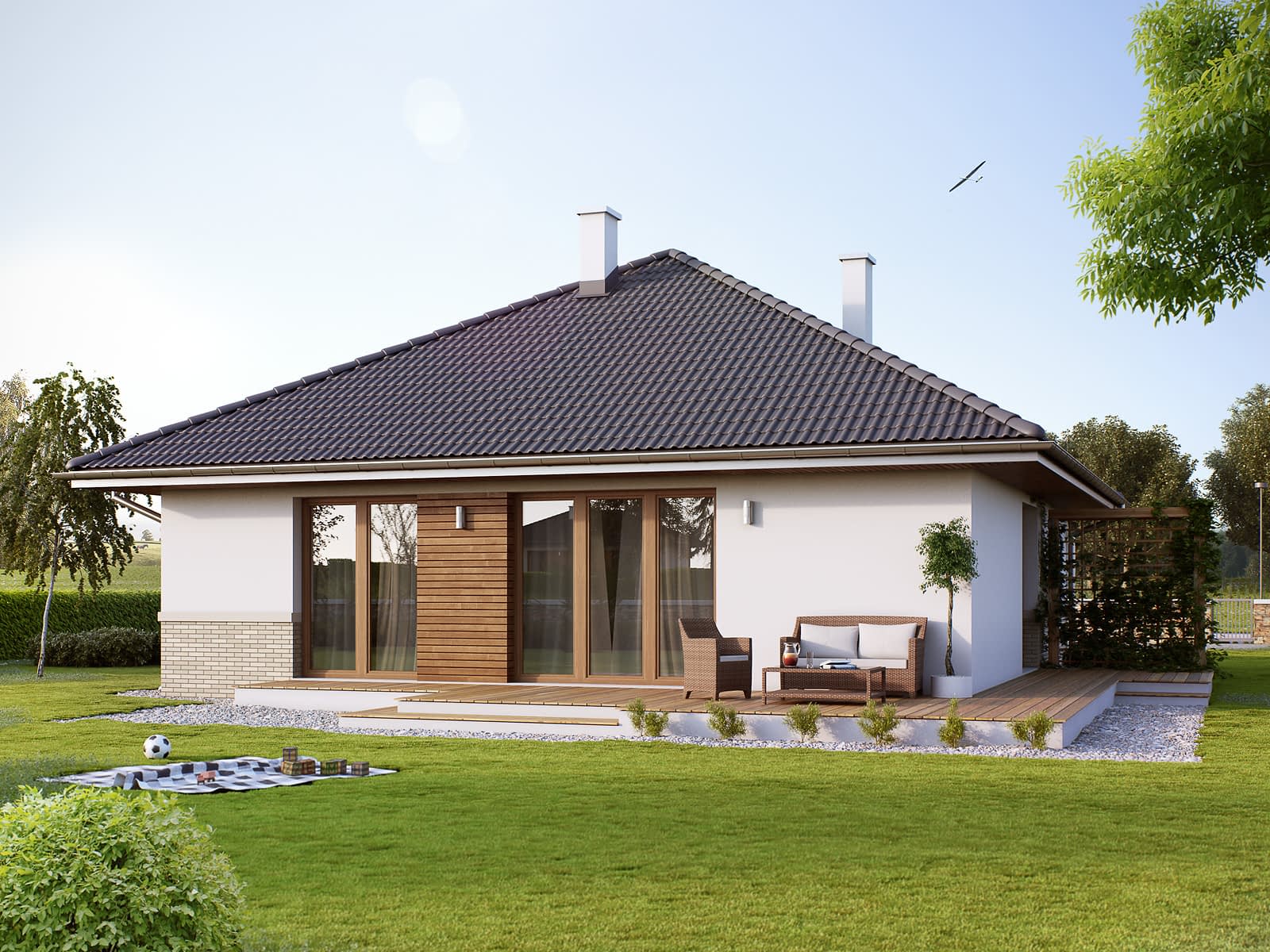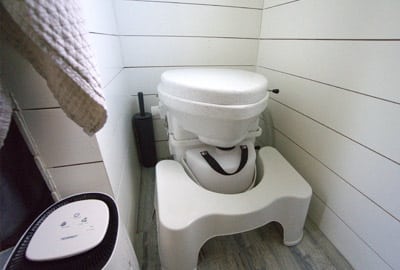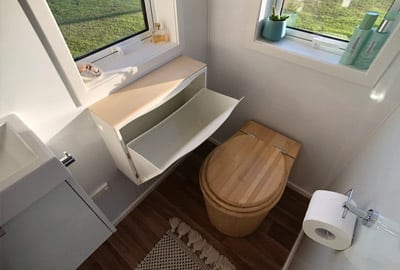





A link to download your FREE brochure will be in your inbox in 3 minutes



















The final price may vary based on project specifics.
To get a free accurate quote tailored to your needs, book a consultation with us today!

The price per square foot provided is an average and may vary depending on project-specific details such as materials, location, complexity, and other factors. Actual costs may differ from the average provided.
It is recommended to obtain a detailed quote based on the specific requirements of your project.

Please note that the monthly payment displayed on this page is an estimate and is subject to variation based on the selected loan product, applicants credit score, loan amount, and other financial details. Actual monthly payment may differ from the estimate provided.
It is recommended to seek advice from a financial advisor or loan officer to obtain precise payment information tailored to individual circumstances.
 Your Trusted
Local Contractor
Your Trusted
Local Contractor

In tiny houses, limited space often dictates innovative solutions for everyday necessities. While the standard toilet remains popular, many homeowners are gravitating towards alternative toilet options. The tiny house composting toilet stands out as an efficient composting toilet option, designed to compost solid and liquid waste faster than traditional methods.
This eco-friendly choice offers a compelling alternative to the normal flush toilet, addressing both sustainability and spatial constraints.
Tiny homes often lack the space and infrastructure to connect to a traditional sewer system, making toilet options an essential consideration for tiny house owners. Given the limitations of septic tanks and the preference of many in the tiny house community for sustainable living, a composting toilet has emerged as a leading choice among tiny house toilet options. Moreover, extra features like urine diverters can decrease the smell while your stuff will compost faster.
A composting toilet in tiny homes uses a unique method to process human waste. At the heart of the system is the composting chamber, which segregates solid waste from liquid waste using a urine diverting system. As the user deposits waste, a composting medium (like peat moss or coconut coir) is added to solid waste, acting as a composting agent. This mixture, in the presence of oxygen, undergoes a composting process, breaking down waste into organic compost. The liquid waste or urine is usually diverted into a separate container, often referred to as a urine bottle. The design ensures that the compost remains dry, which minimizes smell—a concern often raised about compost toilets.
An exhaust fan aids in ventilation and evaporates excess moisture, further reducing odor. Over time, solid waste transforms into a harmless compost that can be added to a garden compost pile or disposed of safely.
Toilet paper, compatible with composting systems, can be added directly to the composting chamber. For added efficacy, some owners incorporate wood chips or other biodegradable materials. The limited space in a tiny home makes it crucial to ensure that the composting toilet system is efficient, odor-free, and easy to maintain.
Given their self-contained nature, these toilets are ideal for tiny homes, especially those situated off-grid.
From the days of traditional toilets in sprawling homes to the modern era of specialized toilet options for mobile homes, the evolution of sanitation has always centered around convenience and hygiene. The quintessential flushing toilet that most of us grew up with was a staple, tethered to a vast network of sewer systems or secluded septic tanks. But with the wave of the tiny house movement, the conventional flush toilet became a challenge. Why? Because a notable portion of tiny homes, particularly those crafted for off-grid living, lack a regular sewer connection. This led to a surge in interest towards various toilet solutions, with a composting toilet gaining popularity.
Still, the question lingers for many, especially budding tiny house owners: How do composting toilets contrast from the regular toilets? And more intriguingly, how does a composting toilet work within the constraints of a tiny home?
Composting might conjure images of backyard compost piles filled with decaying organic matter. Yet, when it's about human waste composting, the process becomes more sophisticated. Within a composting toilet, a composting chamber becomes the epicenter of transformation. Here, microorganisms diligently work on decomposing poop and toilet paper, resulting in a nourishing compost. The addition of cover material, perhaps wood chips or coconut coir, aids this decomposition and effectively manages the odor.
However, as the trend of composting toilets amplifies in tiny homes, other contenders like incinerator toilets and greywater systems make their entry. While the former incinerates waste into a minuscule amount of ash, the latter focuses on liquid waste management by segregating it from solid substances.
Take a deep breath and dive in the world of composting toilets for tiny dwellers!
Unlike the regular toilet which directly sends waste to a sewer system or septic tank, composting toilets treat and decompose waste via a natural process. The query "how does a composting toilet work in the compact milieu of a tiny house?" arises often. Primarily, these toilets segregate liquid waste from solid waste. The latter, when mixed with a composting medium like peat moss, begins its decomposition journey. Liquid waste, predominantly urine, is typically routed to separate containers or expedited to evaporation through an exhaust fan.
Their eco-friendly nature, absence of a mandatory sewer connection, cost-effectiveness, and compact design make composting toilets a top pick amongst tiny house toilet options. Yet, they have their share of drawbacks. For instance, the smell can be a concern for some, though innovations in design and the use of agents like Nature's Head have reduced this significantly. Moreover, to avoid the smell in the tiny house toilet you can use air fresheners or install the urine diverter. These measures can keep your tiny house toilet and septic system free from any smell.
Choose a strategic location within your tiny home bathroom, set up the composting chamber, and introduce a composting medium. Regular maintenance, like emptying the urine bottle and ensuring the solid waste is covered with a composting medium post-use, is essential. To hasten the composting process, consider adding an exhaust fan.
Nature's Head remains a favorite in the tiny house community. On the other hand, incinerator toilets provide an alternative for those reluctant to engage with compost directly. Self-contained composting toilet systems, ideal for tiny homes with restrictive bathroom spaces, are also worthy of consideration.
While composting toilets are gaining traction, some tiny house enthusiasts are venturing into other domains like urine diverting systems, where urine undergoes separate processing. Another segment leans towards a self-contained composting toilet, merging both the composting chamber and compost. Innovations are ceaseless, with systems syncing with nature's head emerging, echoing the same principle of natural waste decomposition.

As our planet gravitates towards sustainability and eco-conscious choices, the tiny house movement is a testament to this shift. Within these innovative dwellings, every decision, right from the toilet seat to waste management, reflects a profound environmental commitment. While composting toilets are on an upward trajectory, a plethora of toilet options tailored to tiny homes’ distinctive requirements are emerging. Beyond just an evolution in sanitation, it's a tribute to human adaptability and the relentless quest for sustainable living.
In tiny houses, the bathroom space is compact, prompting tiny house owners to explore sustainable toilet options beyond the regular flush toilet. The compost toilet has become a popular choice, distinguishing itself by separating liquid and solid waste. The solid waste is often deposited into a solid waste bucket. This system reduces water usage and is eco-friendly, but not everyone finds it appealing.
Some are deterred by concerns about smell or the need for follow-up comments regarding maintenance. Nevertheless, as a sustainable option, it's making significant inroads in the tiny house toilets market.
Yes, most models can process toilet paper, though some brands may suggest types that disintegrate quicker.
Although composting inherently produces a smell, contemporary compost toilets, especially with an exhaust fan, have minimized this aspect.
The frequency varies based on the design and usage. Liquid waste compartments generally necessitate more regular emptying.
Indeed, their eco-friendliness, minimal water consumption, and compost production make them a preferred choice for tiny houses.
They break down, especially types that are designed for swift disintegration.
It depends on the usage and the specific model of the composting toilet. However, on average, for two people under regular use, it may need emptying every 4-6 weeks.
The liquid waste can be diluted with water and used as a fertilizer for plants or safely disposed of, ensuring it doesn't contaminate freshwater sources.
While the initial investment can be higher for a composting toilet, they can be more cost-effective in the long run. They save on water bills, require no sewer connection, and reduce or eliminate the need for a septic system.
Some models have an exhaust fan that requires electricity, but the amount used is minimal. There are also models available that do not require any power.
Get a First Look at Real ADU Projects